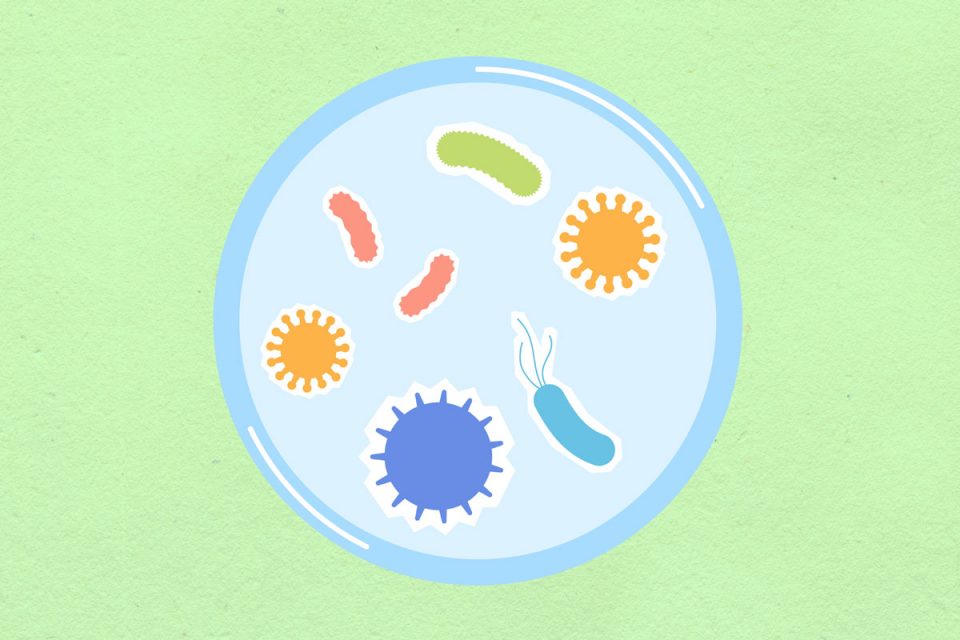

The World Health Organization predicts that antibiotic resistance will be the leading cause of death by 2050. Allison Lopatkin, an assistant professor of biological sciences at Barnard College and Data Science Institute affiliate, is working to address this growing public health crisis.
“When you treat something with an antibiotic, the response is to evolve resistance,” Lopatkin explained. “There are bacteria out there today that are resistant to every antibiotic we have. They aren’t everywhere, but they exist. As we continue to use antibiotics, this problem will only get worse.”
Lopatkin leads the Lopatkin Lab, where researchers investigate the rise and spread of resistance in microbial populations to develop innovative and effective therapeutic strategies. The team uses a systems microbiology approach, which considers the whole bacterial population and the state of the cell, rather than a single gene or pathway. They examine the mechanisms of evolution by building predictive mathematical models of bacterial populations and testing model predictions.
A key issue is that while the drug and development pipeline is slow, bacteria evolve resistance quickly. ”If we can understand from an evolutionary level how resistance is evolving, and being selected for, then we can develop new types of strategies that intervene and prevent resistance from emerging in the first place, or reducing / mitigating resistance once it’s already been developed,” Lopatkin said.
Lopatkin Lab researchers’ current work examines essential mechanisms for antibiotic resistance transmission, including horizontal gene transfer, and factors that may affect this transmission, such as cellular metabolism.
A recent paper in the journal Science, for instance, investigates the interplay between metabolism and antibiotic resistance. Lopatkin and her colleagues examined the random mutations in bacteria that confer resistance to antibiotics with a focus on genes related to metabolism. Their findings suggest that metabolic adaptation—mutations in genes involved in cellular metabolism—may represent a new way that bacteria are becoming resistant to drugs and could lead to new drug candidates.
Another recent paper investigates horizontal gene transfer, or plasmid conjugation—one of the main processes by which bacteria transfer genetic material through direct contact. Lopatkin and her team modeled both donor and recipient strains, and then measured key variables such as growth rates and how fast genes are transferred. The study’s modeling results point to the importance of the hours immediately following conjugation, which may play a critical role in prevalence and prevention.
— Karina Alexanyan, Ph.D.